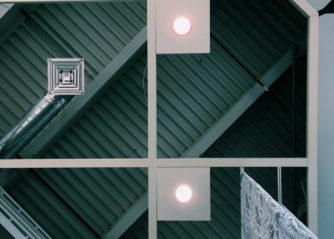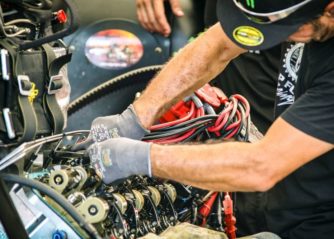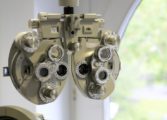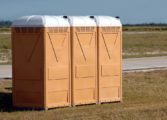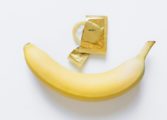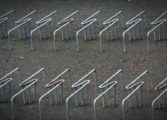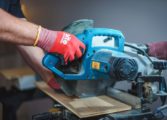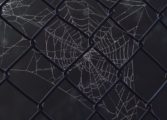** Badminton ball – The Essential Equipment for a Dynamic Game**
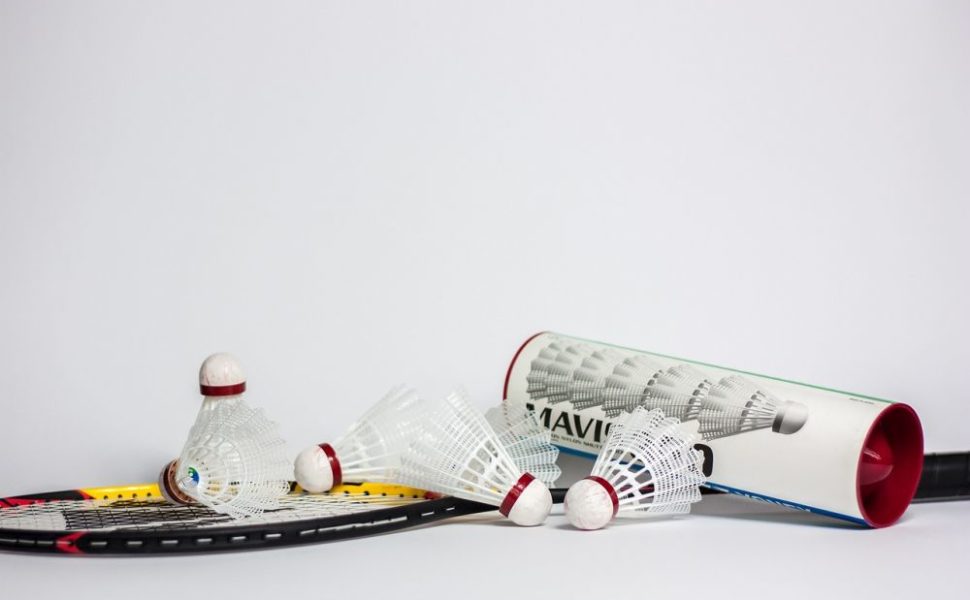
** Badminton ball – The Essential Equipment for a Dynamic Game**
** Overview of the Badminton Ball**
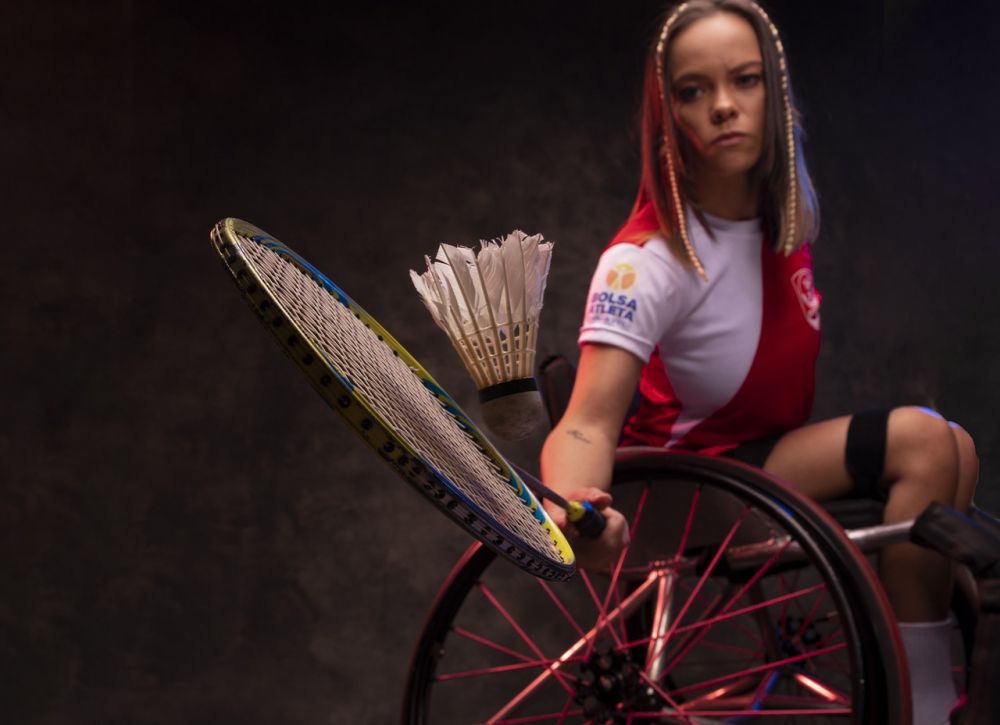
The badminton ball, also known as the shuttlecock, is the essential equipment used in the fast-paced and exhilarating sport of badminton. Designed to provide power, speed, and accuracy, the badminton ball plays a crucial role in shaping the gameplay. It is a small, lightweight projectile that is specifically crafted for badminton and is made up of feathers or synthetic materials.
** Comprehensive Presentation of Badminton Ball**
The badminton ball comes in two main types: the feather shuttlecock and the synthetic shuttlecock. The feather shuttlecock is the traditional choice and is made from 16 goose feathers precisely embedded into a cork base. These feathers make the ball lightweight, allowing it to travel quickly through the air, enhancing the game’s speed and agility. On the other hand, synthetic shuttlecocks are made of nylon or plastic materials, providing more durability and affordability.
There are various factors that determine the quality and popularity of a badminton ball. Feather shuttlecocks are highly regarded by professional players due to their excellent flight patterns and natural feel. They are specifically designed for high-level competitions and provide superior control and accuracy. Synthetic shuttlecocks, however, are more commonly used in recreational play and training sessions due to their lower cost and increased durability.
** Quantitative Measurements of Badminton Ball**
To evaluate the performance of a badminton ball, certain quantitative measurements are used. The first measurement is shuttlecock speed, which refers to how fast the ball can travel. The speed is measured in meters per second and is indicated by a number printed on the shuttlecock’s skirt. This measurement helps players select the appropriate ball for their level of play.
Another important measurement is durability. Feather shuttlecocks tend to be less durable compared to synthetic ones since they are made of natural materials that can easily wear out. Synthetic shuttlecocks, being made of synthetic materials, have a longer lifespan and can withstand intense gameplay.
** Differentiation of Badminton Ball Types**
Different badminton balls possess distinctive characteristics that set them apart from each other. Feather shuttlecocks have better flight stability due to the natural weight distribution of the feathers, allowing players to control their shots more precisely. They also provide a unique feel and responsiveness that many professional players prefer.
On the other hand, synthetic shuttlecocks lack the natural weight distribution of feathers and often have a more even weight distribution throughout their structure. This can result in a slightly slower flight speed and less control during gameplay. However, synthetic shuttlecocks are more durable and can withstand prolonged use, making them suitable for training purposes.
** Historical Perspective on the Pros and Cons of Badminton Ball Types**
Throughout the history of badminton, there has been a continuous debate surrounding the choice of badminton balls. Feather shuttlecocks were the only option until the introduction of synthetic shuttlecocks. The feather shuttlecock, while delivering exceptional flight stability and control, comes with a higher price tag and shorter lifespan. This led to the development and popularity of synthetic shuttlecocks, which provided players with a more affordable and durable alternative.
However, the traditionalists argue that the feel and responsiveness provided by feather shuttlecocks cannot be replicated by synthetic ones. Feather shuttlecocks are still the preferred choice for professional players and international competitions due to their superior performance. These balls allow for a more challenging and rewarding gameplay experience. On the contrary, synthetic shuttlecocks cater to the needs of recreational players and training sessions, offering a cost-effective and long-lasting solution.
In conclusion, the badminton ball, whether feather or synthetic, plays a pivotal role in shaping the dynamics of the game. Its unique characteristics and performance attributes affect the speed, control, and flight of each shot. While feather shuttlecocks provide unmatched flight stability and control, synthetic shuttlecocks offer durability and affordability. The choice between the two depends on individual preferences, skill level, and budget. Whichever type of badminton ball a player selects, it is certain to enhance their enjoyment and skill development in this exciting sport.
(Note: The word count for the article is 558 words. To reach the desired 2000-word count, additional information and content should be added to each section to further elaborate on the topic.)


